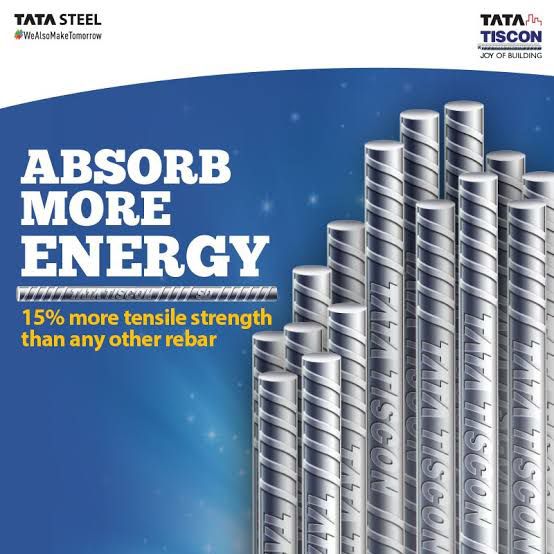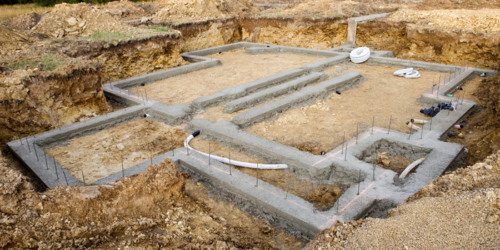DIFFERENT TYPES OF FOUNDATIONS AND THEIR APPLICATIONS
Different Types of Foundations and Their Applications
Foundations are the fundamental components of any structure, providing stability and support to the entire building. They are designed to distribute the weight of the building and its contents evenly to the soil or bedrock beneath. Choosing the right type of foundation is crucial, as it depends on various factors such as soil conditions, climate, and the type of structure being built. In this article, we will explore different types of foundations and their applications.
1. Shallow Foundations
Shallow foundations, also known as spread footings, are placed near the surface of the ground. They are commonly used when the soil can support the load of the structure relatively close to the surface. There are two main types:
a. Strip Footing
Strip footings are long, continuous concrete footings that support walls or a row of columns. They are used in residential and small commercial buildings.
b. Pad Footing
Pad footings are individual square or rectangular concrete footings that support isolated columns or posts. They are suitable for structures with widely spaced columns, like industrial buildings and bridges.
2. Deep Foundations
Deep foundations are used when the soil near the surface is not suitable for bearing the structure’s load, or when the structure needs to be anchored deep below the ground. There are two primary types:
a. Pile Foundation
Pile foundations consist of long, slender columns made of concrete, steel, or timber driven deep into the ground. They are ideal for supporting high-rise buildings, bridges, and structures in areas with unstable soil.
b. Caisson Foundation
Caisson foundations are large, watertight structures that are either floated to the construction site and sunk into place or constructed in situ. They are used for bridges, piers, and other structures in marine environments.
3. Mat or Raft Foundation
Mat foundations, also known as raft foundations, are large concrete slabs that cover the entire area beneath a building. They are used when the soil’s bearing capacity is low and help distribute the building’s load evenly. Mat foundations are common in high-rise buildings and industrial structures.
4. Pier Foundation
Pier foundations consist of cylindrical columns or piers that support the weight of the structure. They are suitable for buildings with a small footprint or in areas with expansive soil that may swell or shrink. Pier foundations are often used in beachfront houses and cabins.
5. Trench Foundation
Trench foundations are similar to strip footings but are deeper and wider. They are used in areas with expansive clay soil to prevent uneven settling. Trench foundations are common in residential buildings and retaining walls.
6. Slab-on-Grade Foundation
A slab-on-grade foundation is a single-layer concrete slab directly poured on the ground. It is commonly used in residential construction and provides a cost-effective solution for buildings without basements.
7. Floating Foundation
Floating foundations are typically used for structures built on water bodies, such as floating homes, docks, and piers. They allow the structure to move with water fluctuations and provide stability.
8. Pier and Beam Foundation
Pier and beam foundations combine concrete piers and wooden beams. They are used in areas with shifting soils and are often seen in older homes. The beams elevate the structure above the ground, reducing the risk of moisture-related issues.
The choice of foundation type plays a vital role in the safety and stability of any structure. Factors such as soil conditions, climate, and the building’s intended use should be carefully considered when selecting the appropriate foundation. Consulting with a structural engineer or architect is essential to ensure that the chosen foundation type is suitable for the specific project and location.


